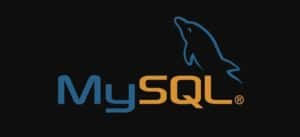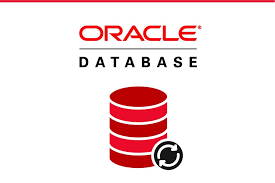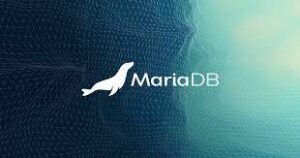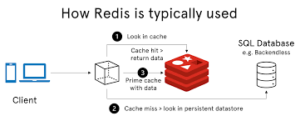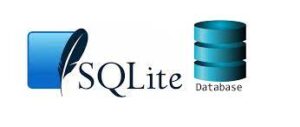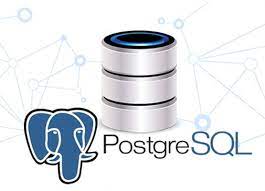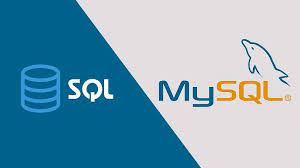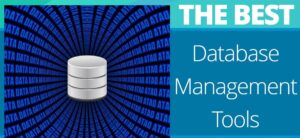Originally posted on November 1, 2023 @ 10:44 pm

Wow, Digital skill as it stands today in the digital landscape where digital skill personnel rules, one can be disadvantaged when you do not continually update your digital skills knowledge with at least one and remain relevant in the job market as well as stay competitive.
Moreso, digital skills encompass a wide range of abilities and knowledge related to using digital tools, technologies, and platforms in the workforce.
5 Major Examples of Digital Skills
There are numerous digital skills today and these skills are being sorted for by employers in the workforce globally. It is become so interesting that with your digital skill, you can work remotely and this can be done at the very comfort of your home, yet you remain relevant
1. Digital Marketing
Digital marketing skills include the ability to plan, execute, and optimize online marketing campaigns. This encompasses areas like –
- Search Engine Optimization (SEO)
- Pay-Per-Click advertising (PPC)
- Social Media Marketing
- Email Marketing
- Content Marketing
- Youtube
It is important to know that digital marketers use various tools and platforms to reach and engage target audiences online.
2. Data Analysis and Data Science
Data analysis and data science skills involve the ability to collect, process, analyze, and derive insights from data.
Proficiency in data analysis tools (Excel, Python, R) and data visualization tools (Tableau) that are essential in the global market.
Understanding statistical concepts, machine learning, and data modeling is also crucial for making data-driven decisions.
3. Web Development
Web development skills include the ability to create and maintain websites and web applications.
Knowledge of programming languages like HTML, CSS, JavaScript, and familiarity with web development frameworks are very important globally.
Web developers work with various content management systems, front-end and back-end technologies to build and optimize websites. This digital skill is the one of the most sorted for by employers
4. Cybersecurity
Cybersecurity skills are vital for protecting digital assets and systems from cyber threats or attacks.
This includes knowledge of network security, ethical hacking, threat detection, and risk assessment.
Cybersecurity professionals use tools and practices to secure data, networks, and applications from malicious actors.
5. Artificial Intelligence and Machine Learning
AI and machine learning skills involve understanding the principles of machine learning algorithms and their application.
Proficiency in programming languages like Python, as well as libraries and frameworks like TensorFlow and scikit-learn, is essential.
AI and machine learning specialists work on tasks such as natural language processing, image recognition, predictive modeling, and automation.
3 Major Disadvantages of Not Having a Digital Skill
Not having digital skills in today’s increasingly digitized world can put individuals at a significant disadvantage.
Whereas others are getting handful job offers and thereby a non digital skill person lacks job opportunities and if they do, they are easily knocked out.
Here are the Disadvantages to watch out for:
1. Limited Job Opportunities
Many job roles and industries now require at least basic digital skills. Without it, your career options may be restricted.
Resultantly, digital skills are essential in fields such as information technology, marketing, data analysis, web development, and more.
In fact, even jobs that historically didn’t require digital skills are becoming more technology-dependent.
2. Reduced Efficiency and Productivity
Alternatively, digital skills can significantly enhance efficiency and productivity. They allow individuals to automate repetitive tasks, analyze data for informed decision-making, and collaborate with others through digital tools.
But without any digital skill, you may find it challenging to keep up with the pace of work, which can result in increased workload and stress and can further result to job loss.
3. Limited Participation in Modern Society
The digital world plays a crucial role in modern society. Without digital skills, you may find it difficult to participate in various aspects of daily life.
This includes online communication, access to information, online shopping, e-learning, and even managing personal finances.
The lack of digital skills can lead to social isolation and hinder access to essential services and resources.
Moreover, in addition to these disadvantages, individuals without digital skills may also struggle with tasks like accessing healthcare information, government services, and educational resources, which are increasingly digital and online.
In the future, the demand for digital skills is on the increase, and the lack of these skills may create some significant disadvantage in the job market and society as a whole.
What 5 Best Things you can do with a Digital Skill
Digital skills are versatile and can be applied to various aspects of work and life. Here are five of the best things you can do with digital skills:
1. Advance Your Career
Digital skills are highly sought after in the job market. Whether you are in marketing, data analysis, web development, or any other field, having digital skills can help you stand out and advance your career.
2. Start Your Own Business
Digital skills are essential for launching and running a successful online business.
Digital skills can help you establish an online presence such as selling products, creating digital content that will get global audience.
3. Learn and Adapt Quickly
Adapt to new technologies and tools can be quick. You can stay updated on industry trends and apply this knowledge to enhance your work or personal life.
This adaptability is a valuable asset in a fast-paced, ever-changing digital landscape.
4. Promote Causes and Ideas:
It also enable you to effectively promote causes, ideas, or personal projects.
5. Access and Share Information:
Digital skills empower you to access a wealth of information, learn new subjects, and share your knowledge with others.
You can explore online courses, research topics of interest, and contribute to online communities, helping to expand your horizons and make a positive impact.
Five Tips You Need and Remain Relevant
1. Continuous Learning:
Embrace a growth mindset and prioritize continuous learning. Digital technologies and tools evolve quickly, so make learning a lifelong habit.
Enroll in online courses, attend webinars, and participate in workshops related to your field or interests. Explore e-learning platforms like Coursera, edX, Udemy, and LinkedIn Learning, which offer a wide range of courses on digital skills.
2. Stay Informed:
Subscribe to industry-specific newsletters, blogs, and podcasts to stay informed about the latest trends, updates, and emerging technologies.
Being well-informed about industry developments can help you anticipate changes and adapt more effectively.
3. Hands-On Practice:
Apply your knowledge through hands-on practice. Practical experience is one of the most effective ways to solidify your digital skills.
Create personal projects, work on open-source initiatives, or offer your expertise to non-profit organizations to gain practical experience.
If you are a developer, regularly contribute to GitHub projects or build your own. If you’re a digital marketer, run your campaigns and analyze the results.
4. Networking and Collaboration:
Network with professionals in your field to exchange knowledge and gain insights. Join online forums, LinkedIn groups, and social media communities related to your industry.
Engaging in conversations with peers can lead to valuable information and collaborations.
Collaborate on projects with others to leverage their expertise and learn from their experiences.
5. Adapt to New Technologies:
Be open to trying new tools and technologies, familiarize yourself with emerging digital platforms and applications.
IN SUMMARY
In essence, digital skills can open up opportunities in various professional and personal areas, enabling you to thrive in an increasingly digital and interconnected world.
Whether you are pursuing a career, pursuing entrepreneurial endeavors, or seeking personal growth, these skills are an invaluable asset.
Moreso, experiment with new software, apps, or platforms that align with your interests or career goals. Do not be afraid to step out of your comfort zone.
Remember that digital skills can vary widely, so it’s essential to identify the specific skills that are most relevant to your career or aspirations. Whether you are in web development, data analysis, digital marketing, artificial intelligence, or any other digital field, staying current is a key to remaining relevant and advancing in your career.
